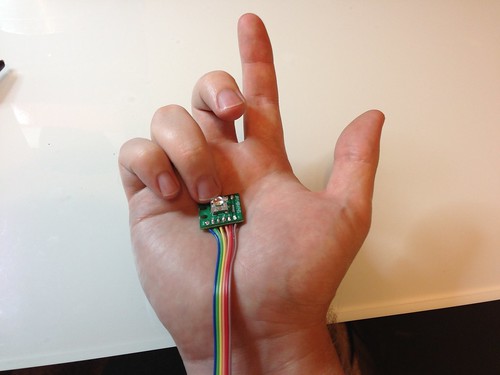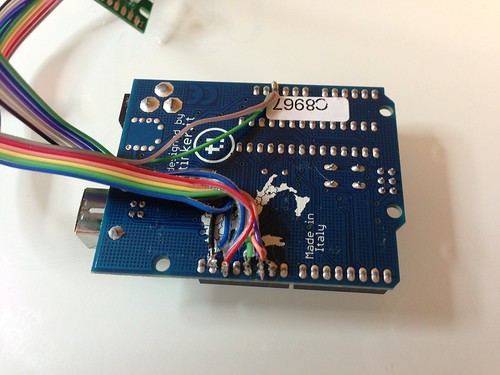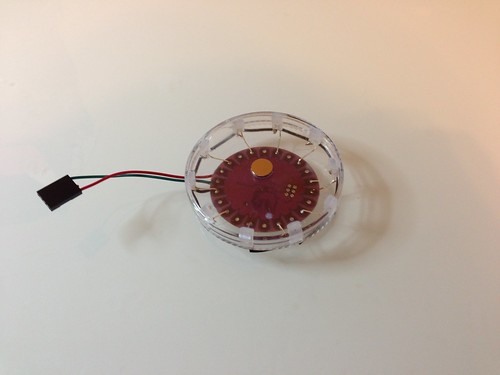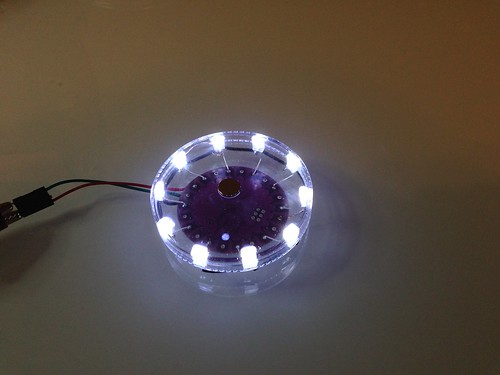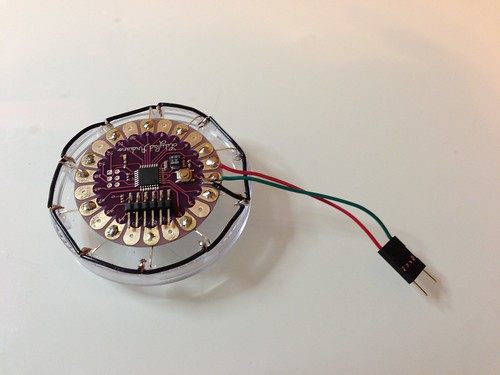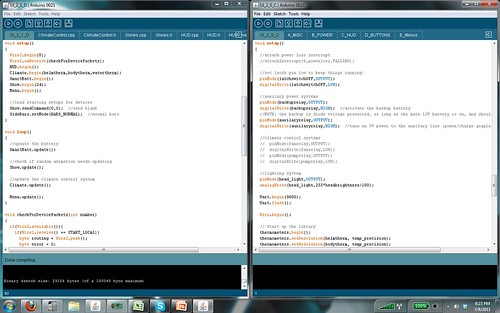Engineers have an unusual combination of the creative extrovert and the calculating introvert. We're often called upon to figure out novel solutions to problems that don't have an obvious, straightforward answer, and yet we need to back up that decision with numbers, facts, and predictions. Recently, I've only really had the energy for the later and at times I felt like was being coaxed in that direction by my work tasks. It's probably very true in fact, because a common sentiment in R&D work is "don't waste the time doing the work to make something new/better until you find someone who will pay you to make something new/better." From a business point of view, that makes sense, but it can be stifling for an engineer.
One of the guys I've been in the same building with at my temp job had this quote:
"Big companies, especially defense contractors, have a habit of making good and great engineers into bad engineers."
I think part of this is restraining the creative process that engineers have. The other part is the bureaucracy, politics, and 'business sense' stuff that seem to mire people. I'll be the first to admit that management, especially good, great, and fantastic management, is critical to success. But management certainly doesn't need to be the disastrous metaphor that is the Office Space movie (as much as I hate the movie, it is the metaphor of the times). All that stuff gets in the way of what an engineer wants to be, which is to be creative. We want to come up with the next great widget. We want to prove how great it is with math and science and reams of statics. It proves that we're right. I don't mean that narcissistic way, because anyone with pride in their work is 'doing it right.'
So back to being creative. As I've illustrated above, being creative is a part of being and engineer. And it's definitely the seductive, morale lifiting part of the process. Sometimes finding the solution with the math and the modelling and the science can be engaging and seductive and fulfilling I think it's initial brainstorming sessions that engineers covet, when there are no boundaries and no obstacles; the 'real world' and 'real math' have not dampened or constrained the idea ye.
Being creative, making new ideas, new drawing, new stuff, is definitely seductive, intoxicating, and addictive. But eventually, you will need to convert that creativity into getting stuff done to make it real. You have to convert creativity into productivity.
I had a work colleague tell me about an artist friend of his. Most people think/ask an artist how much they love their work and craft. Apparently, his response was:
"I don't do it because I love it. In fact I hate it. But I can't not do it. It's my religion."
-Unknown Artist Person
It's a complicated idea to say that a job, creative or otherwise, can be seen like a religion. I assume it's along the lines of an unquestioned belief or desire, one that can't be explained.
And that need, that desire that is 'religious' in nature can be lacking in an engineer. I think we're pragmatic enough to not let the 'creative energies take over' because eventually I will get hungry and want dinner. Or I'll want a break, or I'll want to be social, or do accounting (sometimes I have weird catharsis in pastimes).
I'll admit that drive is one of the things I struggle with on my personal projects, especially the DPHP. It's such a long, complicated project to implement. Thinking up and including all these nifty features in the design part is quick and easy, but carrying out the laborious parts is painfully slow. And being an engineer during work hours doesn't help, because often you do the design work and someone else has to do the tedious part of making the widget hundreds or thousands of times over.
Perhaps I should start finding some short and quick projects to help wit the creative/productive momentum dichotomy.
Perhaps I should start finding some short and quick projects to help wit the creative/productive momentum dichotomy.
-Thinkpad-X60-Table-Battery.jpg)




